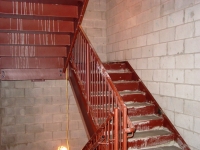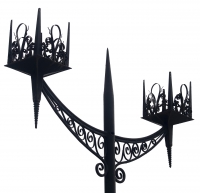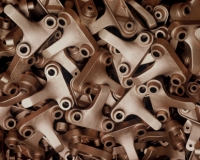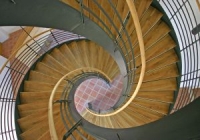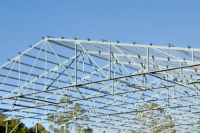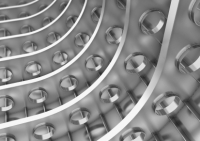Metal Railings
Fri, Sep 18, 2009Metal railing systems are a typical solution for applications that include stairs, ramps, drop offs and uneven walkways. Metal railings utilize the same basic structural components as wood railings; a top handrail, a bottom rail or track, balusters or newel posts for main load transfer to the walking surface, and infill panels, pickets or spindles.
